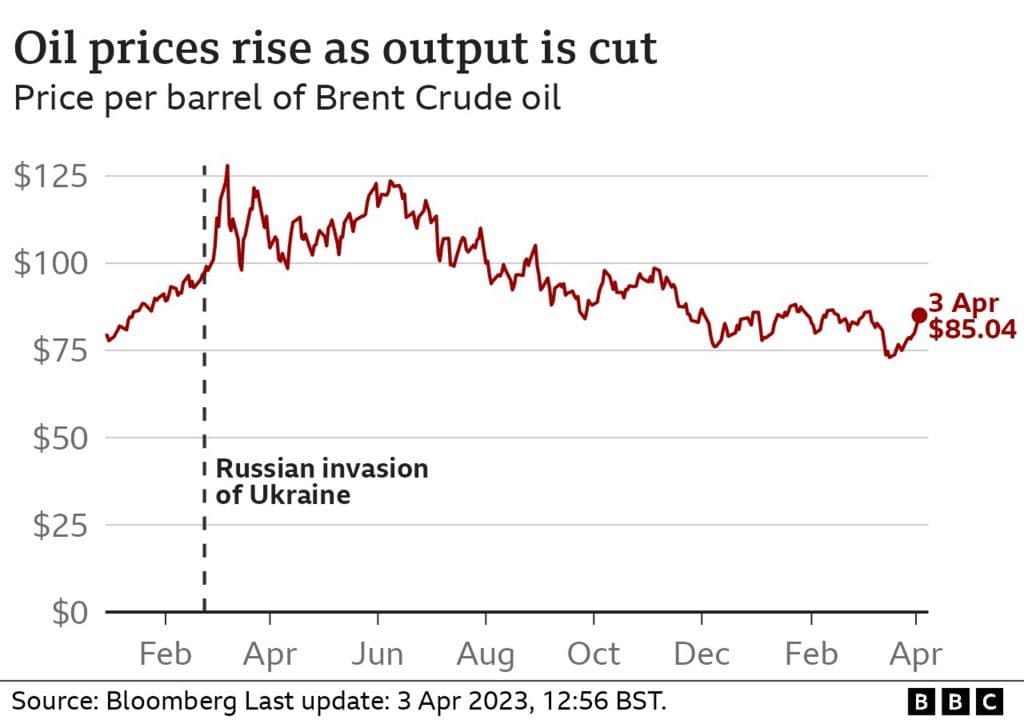Wall Street Rallies as Traders Price Near Term Fed Rate Cuts, Week Still Loses Ground
Stocks climbed on November 22 as investors increased bets that the Federal Reserve will begin cutting interest rates in the months ahead, lifting risk assets even as the broader market finished a down week. The move highlighted the growing tension between markets eager for easing and Fed officials signaling caution, with chipmaker activity adding episodic volatility.
U.S. equities rose on November 22 as traders accelerated expectations that the Federal Reserve will start trimming its policy rate in the near term, pushing risk appetite higher even as the three major indexes closed the week in negative territory. The session reflected a tug of war between markets pricing a pivot and central bankers offering mixed signals about the timing and pace of any easing.
Short-term interest rate markets moved decisively toward cuts, driven by softer signs of inflation and a string of Fed-speak that left room for near term action without abandoning the central bank’s 2 percent inflation objective. Several regional Fed officials delivered commentary that market participants interpreted as less hawkish than earlier this year, making a rate cut more conceivable in the eyes of traders. New York Fed President John Williams was cited as saying rate cuts remain possible soon without jeopardizing the inflation goal, a line that markets read as permission to increase their wagers on easing.
Treasury yields reacted logically to the shift in expectations, with shorter maturities slipping and the yield curve flattening further as investors reweighted the odds for reduction in the fed funds rate. Lower front-end yields typically support growth and technology stocks by reducing discount rates on future earnings, a dynamic that underpinned much of the day’s buying.
Technology, which has been under pressure in recent weeks, showed some respite although the Nasdaq extended a multi-week decline overall. The session’s volatility was amplified by reports that the U.S. administration was considering approval of sales of certain advanced chips to China. Nvidia shares moved intraday on those reports, briefly boosting the broader market’s momentum given the company’s outsized weighting in major indexes and its central role in the artificial intelligence investment theme.
Despite the intraday rally, the week’s net outcome reflected persistent headwinds. All three major indexes posted weekly losses as investors digested a mix of tepid economic data, high absolute interest rate levels, and ongoing geopolitical and supply chain risks that complicate the outlook for corporate profits. The market’s reaction underscores a longer term recalibration. After years of ultra-low rates that inflated valuations for growth assets, markets are now highly sensitive to even modest changes in expectations about central bank policy.
For policymakers, the episode is a reminder of the feedback loop between central bank communications and financial conditions. Faster market pricing toward rate cuts can ease financial conditions, potentially reducing the need for rapid easing from the Fed itself, but also risks complicating the inflation fight if conditions become too loose. Investors will now look to upcoming economic releases, Fed speakers, and incoming inflation data for confirmation of whether the pivot priced by markets is warranted.
In the near term, market participants will watch Treasury yields, Fed-speak, and corporate earnings for signals on the durability of the rally. The balance between hopes for easier policy and the reality of still-elevated rates will likely determine whether this week’s bounce evolves into a more sustained leg up or remains a pause within a broader downtrend.

